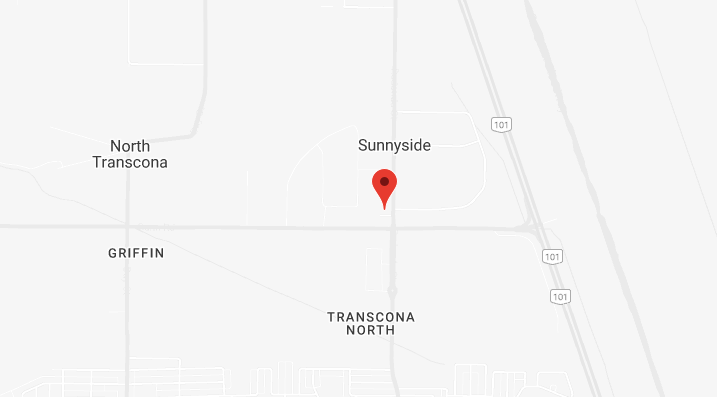How to Escape a House Fire

The thought of a fire engulfing our homes is terrifying and many of us prefer not to think about it. But the reality is that many residential fires occur in Canada. Between 2010 and 2014, about 12,000 residential fires were reported per year in Canada. These fires caused an average of 125 deaths and over 900 injuries per year. Every homeowner should refresh their fire prevention knowledge and know what to do in a fire. Here are key tips on how to escape a house fire.
How to escape a house fire
- Following a fire escape plan — Every household should have a fire escape plan in place and practice fire escape drills.
- Using a fire extinguisher — This should only be attempted with very small fires, not with large fires. Fires can increase in size and intensity in seconds, blocking exit paths and creating a toxic atmosphere.
- Screaming out loud — This helps inform others in the house of the fire situation. Relying on smoke alarms may be too risky as they can malfunction or have low batteries. Everyone should get out as quickly as possible.
- Those who follow an escape route should:
- Take the safest route while staying as low as possible.
- Cover their nose with a shirt or damp towel.
- Crawl under the smoke to avoid inhaling it. Smoke is deadlier than flames in a house fire.
- Not waste time picking up valuables. It usually takes less than 30 seconds for a fire to get out of control. Fires can spread even faster in homes with synthetic furniture and furnishings. A few seconds can be the difference between life and death.
- Not open a door if smoke is coming through it or if the doorknob feels hot. It’s best to look for another way out (door or window).
- Close doors behind them to prevent the fire from spreading.
- Use the “stop, drop, and roll” technique to put out the flames if clothing catches fire.
- Elevators should never be used — If a power outage occurs, those who take the elevator can end up trapped inside it, putting them at higher risk. Stairs are safer to use.
- Those who get out should go to the assigned meeting place and never go back into the burning building. Only firefighters, who have the necessary training and equipment, should save others in the property.
If exiting is not possible
When there’s no safe exit (not even an escape ladder on a higher floor), it’s best to stay in the room and seal the door and air vents with sheets or duct tape (if available) to prevent smoke from entering. Then call 911, open a window and yell for help. Wave a bright piece of cloth or use a light for firefighters to see. Children should never hide under the bed or in the closet to make it easier for firefighters to find them.
The PuroClean team stands ready to provide professional restoration services to any property affected by fire, water or mould damage.

